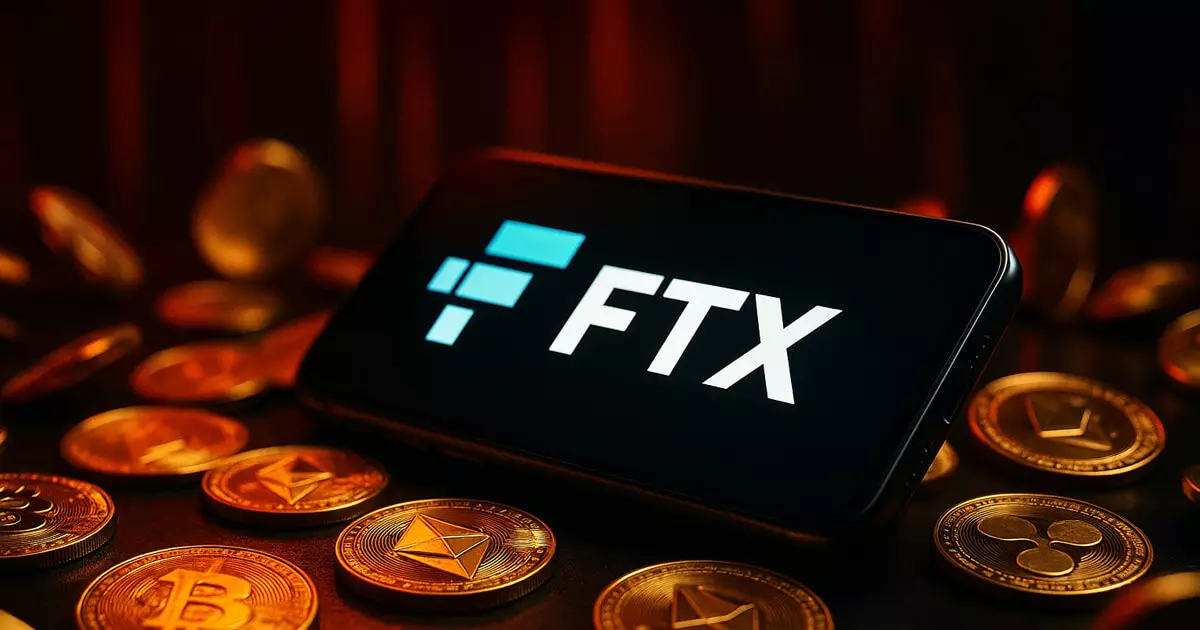The FTX saga continues to unfold with the latest developments surrounding its repayment process led by BitGo. The second phase of this financial resurrection is an essential yet far from straightforward milestone. On a superficial level, the news is promising; creditors are beginning to see transactions credited to their accounts. However, the grim reality is that these funds remain locked until the end of the month, restricting genuine recovery efforts. This unsettling delay feels reminiscent of other high-stakes financial crises where the promise of liquidity turns out to be an illusion.
Lockout Frustrations
As creditors, especially those hard-hit by FTX’s demise, look at their newly credited accounts, excitement quickly shifts to exasperation. The inability to touch or trade their funds introduces an element of psychological strain. After facing substantial losses, the prospect of seeing one’s money only to be told it could not be accessed feels doubly cruel. Sunil Kavuri’s updates, while intended to provide reassurance, inadvertently spotlight the ineffectiveness of this protracted recovery process. It raises fundamental questions: Who benefits from these drawn-out timelines?
Outdated Valuation Metrics
One of the most egregious aspects of the FTX repayment plan lies in its reliance on outdated crypto prices for calculations. Creditors are understandably upset that repayment amounts are pegged to market values from the late 2022 collapse rather than today’s soaring levels. While Bitcoin has escalated from below $20,000 to over $110,000, those awaiting fiat-based reimbursements feel the stinging disparity deeply. The bankruptcy strategy not only feels flawed but seriously undermines any semblance of fairness when creditors are forced to navigate a landscape shaped by depressed valuations.
Fiat Repayments Amid Resurgent Crypto Prices
What compounds this issue further is the predominant reliance on fiat payments instead of settling debts in cryptocurrency. In a world where digital currencies are rapidly appreciating, returning funds as USD feels like a punitive measure. This not only aggravates financial losses but also turns a necessary recovery into an exercise in futility. For those who once believed in the transformative power of cryptocurrency, this disillusioning repayment strategy represents perhaps the most significant betrayal of trust.
Phishing and Fraud: New Threats During Recovery
As if the repayment turmoil weren’t enough, the environment surrounding FTX is marred by increased phishing attempts targeting credit holders. Kavuri’s warning about fraudulent communications points not only to the exploitation of creditor vulnerabilities but underscores the broader dangers of digital financial recovery. The stakes are astronomical; a misplaced click could result in losing any semblance of recovery. For a community already reeling from previous losses, this added layer of anxiety is both unnecessary and intolerable.
In navigating the choppy waters of FTX’s return to financial viability, creditors are confronted with a series of harsh truths that challenge their optimism. With the goalposts constantly shifting and the looming threats from unscrupulous actors, the path forward seems less like a promise of recovery and more like a prolonged nightmare.















